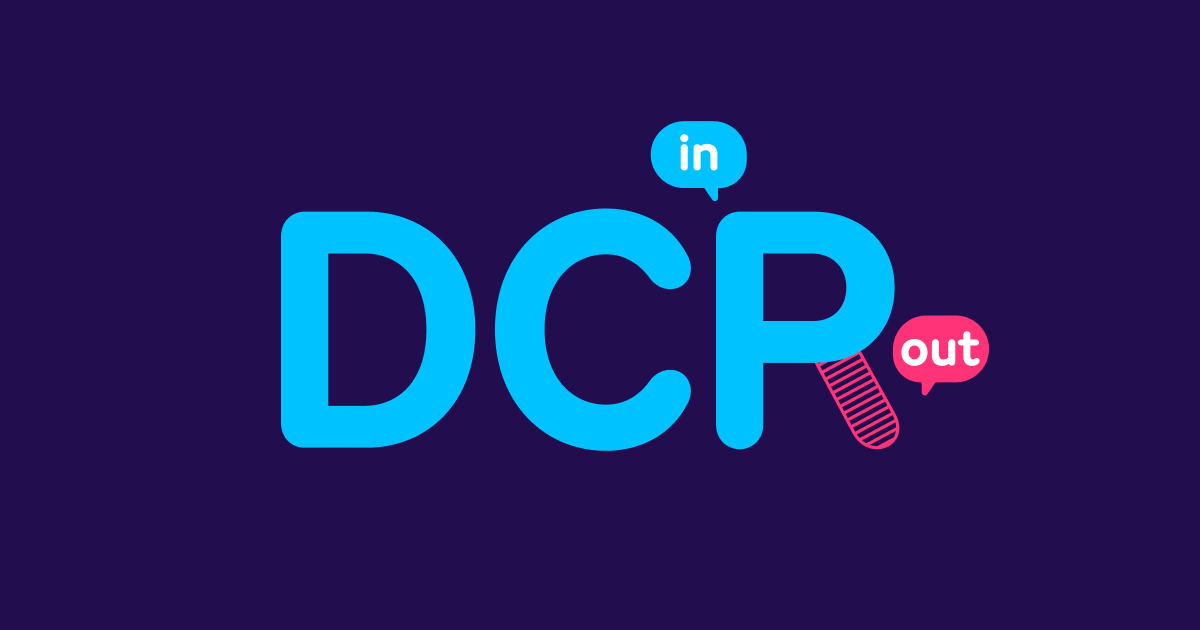
How many in-app events generate the best performance?

While app marketing has taken a sharp turn away from focusing on driving installs to measuring post-install user behavior, a number of key questions remain unanswered: given that in-app event measurement is vital for success, are app marketers going deep enough to fully optimize their campaigns? How many and which in-app events should they measure to reach their potential?
To answer these questions and others, our industry-first report, In-App Event Measurement: The Building Blocks of App Marketing Success, explores 320 billion+ in-app events from more than 12,000 apps, offering app marketers vertical-specific benchmarks of various KPIs.
The importance of in-app event measurement
The anonymous information contained within these events — such as completing a level in a game, linking a credit card to a finance app, or making a purchase in an eCommerce app — is the backbone on which successful app marketing lies:
- Create laser sharp audience segmentation. Combine specific measured actions to form highly targeted audiences, then build segmented user acquisition and retargeting campaigns to increase the likelihood of engaging a more valuable and active user base.
- Inform user acquisition and re-engagement campaigns to meet specific business goals. Measuring specific in-app events that align with your business goals will allow you to understand which channels and sources are more or less likely to drive the kind of traffic that will help you reach those goals (for example, increasing the LTV of existing customers by measuring customer user ID to connect a single user’s actions).
- Understand funnel problem areas. By focusing on particular touchpoints along your user journey, you will able to pinpoint stages or actions where users become less engaged or drop off completely. Marketers can use these insights to optimize the customer experience by generating personalized incentive promotions across owned or paid channels that encourage funnel progression (ensuring deep linking is used to allow a streamlined user experience).
- Utilize raw data to inform deep knowledge and competitive edge. The deeper you measure, the more meaningful insights you will be able to uncover, which is why working with raw data is so important. You will inevitably discover user behaviors and trends that will inform other marketing activities and give you a competitive edge. For example, raw data analysis can tell you that users who installed from an email campaign, and made an in-app purchase exceeding $20 within the first week of install are more likely to become loyal customers.
Are marketers going deep enough? (No)
An analysis of the relationship between the number of events measured and performance — in this case, the share of paying users — points to the fact that marketers should measure more, especially Gaming apps.
In the above graph, as shown by the dotted line, we can see that the average number of events measured by each of Non-Gaming and Gaming apps is 7.8 and 5.3, respectively. Compare this to the number of events measured at peak performance, a whopping 2.3x higher at 16-20 events and 5.3x higher at 26-30, respectively for non-gaming and gaming.
Clearly, marketers of all verticals have massive room for growth and are likely to see major changes in their ROI when they measure more.
According to our data, the right number of events to measure differs noticeably between Gaming and Non-Gaming apps, as the data-savvy among Gaming marketers appear more equipped to translate the higher volume of event data into actionable insights and ultimately improved performance.
“Measuring what matters” doesn’t mean “measuring everything,” particularly for Non-Gaming apps.
For them, measuring too many events appears to be more challenging, with too much data to handle and subsequent confusion or “noise,” which leads to a drop in performance.
Handling such scale requires both robust BI systems and experienced data analysts and scientists that are able to pinpoint meaningful insights within the data.
At the end of the day, the trend is clear: successful apps measure a significant number of in-app events, although every app should ultimately find, and continuously iterate on, its event measurement sweet spot.




